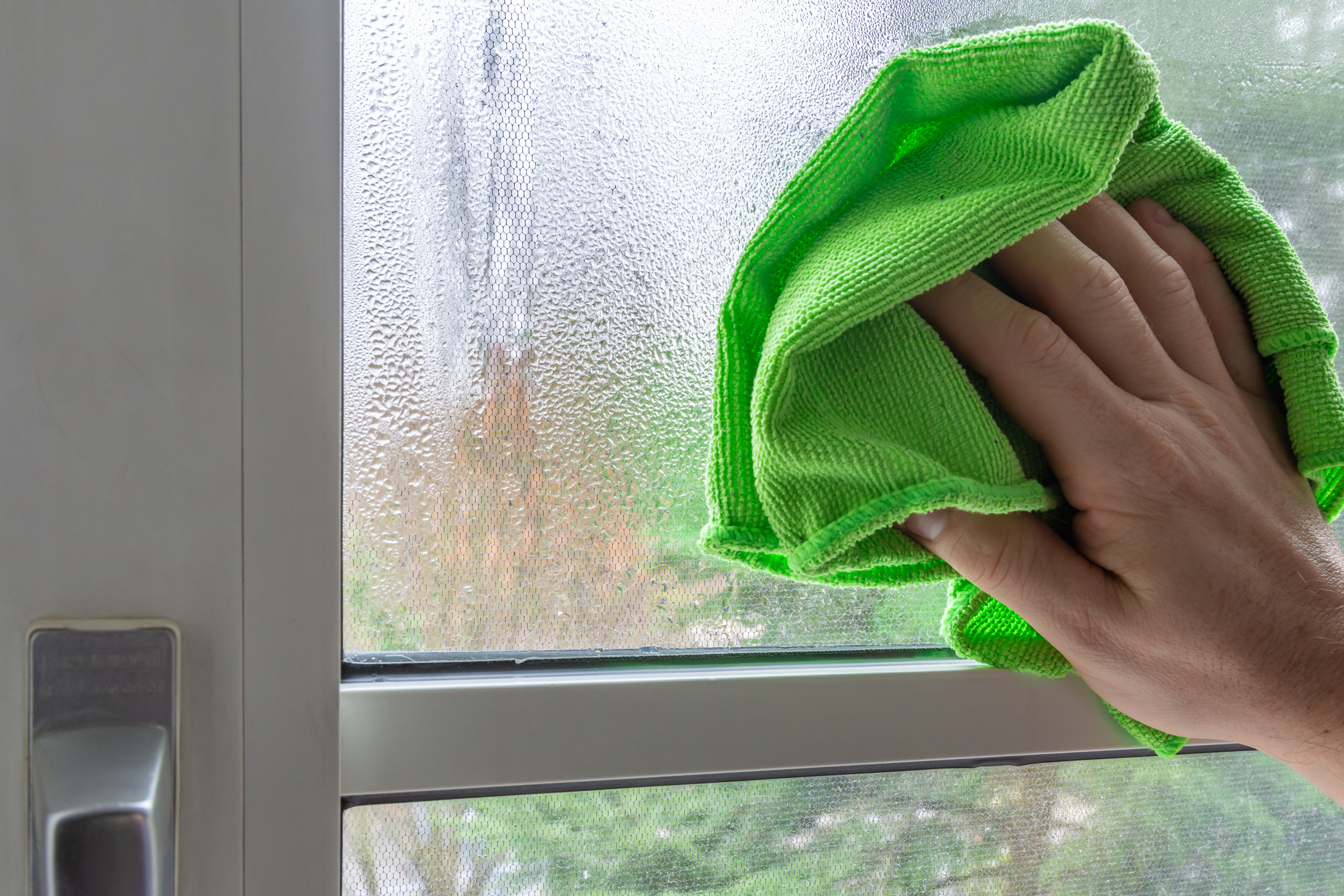What Causes Condensation on Windows?
June 21, 2022
Have you noticed a film of moisture on the interior or exterior of your windows from time to time? Not only can this be slightly annoying due to the fact that you might be required to wipe this water away, but the fact of the matter is that condensation on window elements can damage the frame and nearby materials. Furthermore, this level of humidity is the perfect breeding ground for mould; not a nice situation if children are present or if anyone in the home suffers from a respiratory condition. In order to get to the root of the issue, it is important to take a look at some of the most common reasons why this situation is present within certain households. By determining what causes condensation on windows, it will be much easier to encounter the appropriate solution.

The Scientific Principle Behind Condensation
What causes condensation on windows? The simplest answer involves a stark difference in the air temperature of two different environments (such as the interior and the exterior). When warmer air that is saturated with moisture comes into contact with a cold surface, this moisture is “pulled” from the environment; causing small drops of water to form on any surface between these two temperature ranges. This is why we often witness condensation on windows during the colder months of the year, as the temperature inside of your home is markedly warmer than the outside. Still, there are other factors which come into play.
Surprising Issues to Address
As we pointed out in the last paragraph, there are two main factors associated with condensation:
- A temperature variation between two different locations.
- Humidity within the air.
It, therefore, stands to reason that extremely dry homes will normally not be associated with high levels of window condensation; even if the temperature differences are extreme. However, this is rarely the case. The majority of homes have a relatively high moisture content due to seemingly innocuous activities such as cooking, washing up, showering, and even breathing. This is why it is important to appreciate some of the steps that can be taken in order to deal with condensation before it evolves into a major issue.
Targeted Condensation Solutions: Simple and Highly Effective
One of the most common recommendations is to increase the air circulation throughout your home. This can be accomplished through the use of extractor fans (such as those found within a kitchen), HVAC systems or even opening up a handful of windows for a few minutes at a time. A well-ventilated home is much less likely to suffer from condensation issues. This is particularly useful when performing activities that would otherwise cause the interior humidity levels to rise.
Another extremely effective option is to consider double-glazed windows if your current models consist of only a single layer. Double-glazed windows employ two panes of glass separated by a small vacuum. This vacuum acts as an insulator; effectively nullifying the temperature differences that might otherwise cause condensation to form on the surface. Arctic jackets actually utilise the same principle, as air is a surprisingly effective thermal insulator. If the windows in your home are more than 30 years old, the chances are high that you could benefit from an upgrade.
Keys to Identifying the Root Cause
Diagnosing this problem will also involve understanding where the condensation is forming and why. For instance, condensation that is seen on the inside of the glass signals that the window surface is too low to maintain the water content in the nearby air. Thus, the moisture is pulled out and adheres to the pane. In this case, try to ventilate the area properly and increase the interior temperature (when practical). However, condensation on the exterior of your windows is normally nothing to worry about.
If you notice that condensation has formed between the panes of a double-glazed window, it is probable that the airtight seal has somehow been compromised. This will normally require a professional inspection in order to determine whether the glass needs to be replaced or the seal itself can be repaired. Still, putting such a task off will only exacerbate the problem from a long-term point of view.
Stopping Condensation in its Tracks
If you happen to notice that one or more windows is suffering from condensation on a regular basis, the chances are high that a bit of intervention will be required. Understanding some of the situations which can cause condensation is the first step towards discovering a viable and cost-effective solution.
If you suspect that your windows may need replacing and the installation of double glazing would be beneficial, give us a call today on 020 3962 0211!
